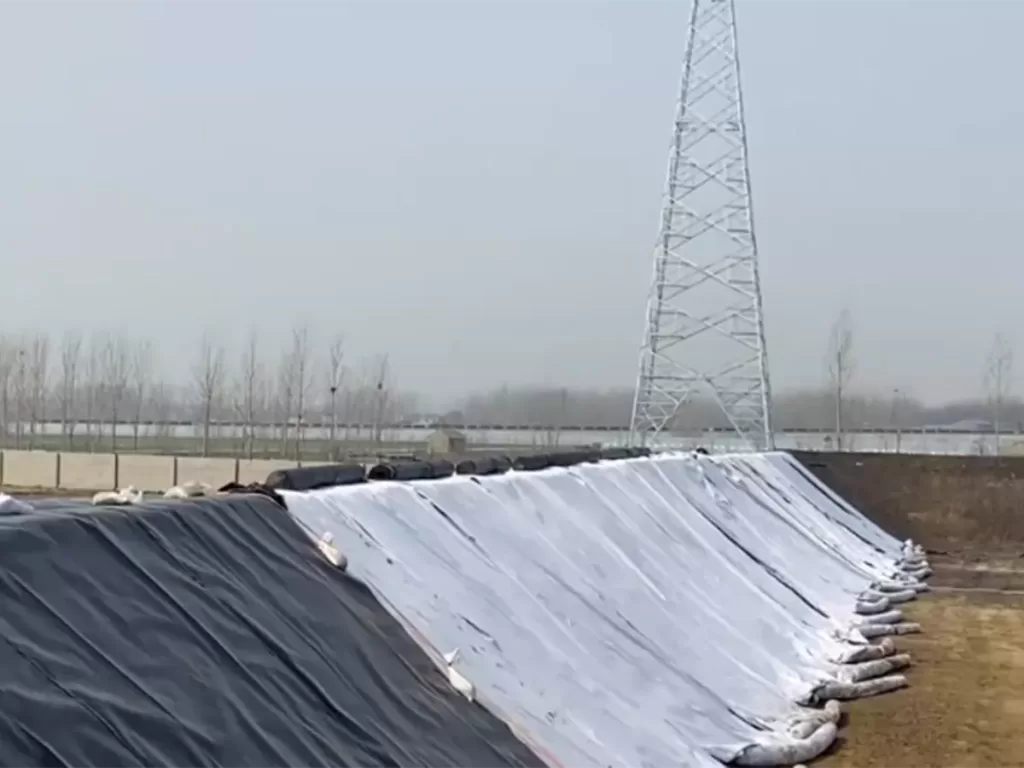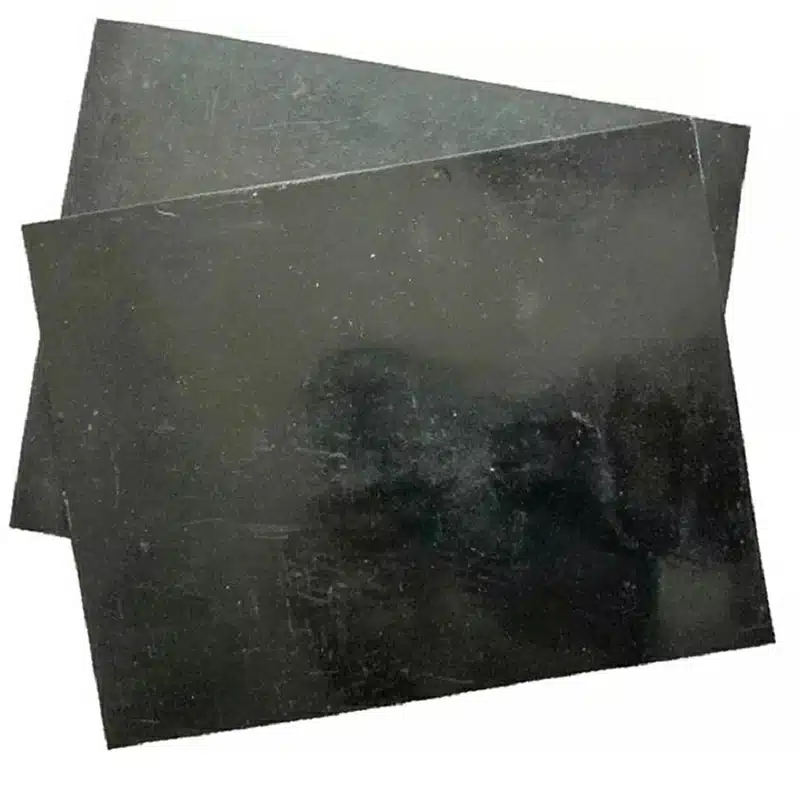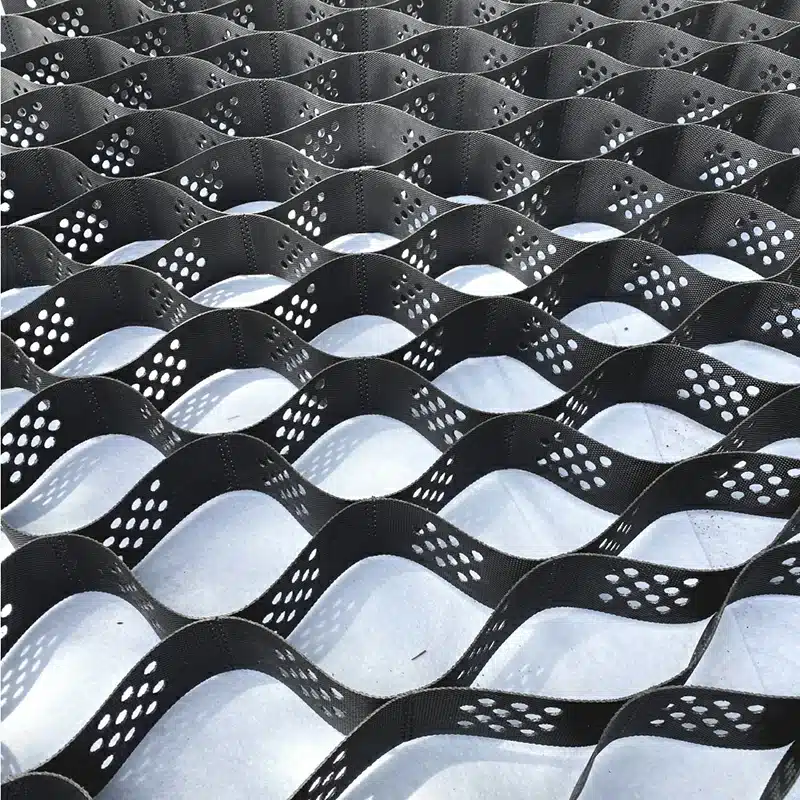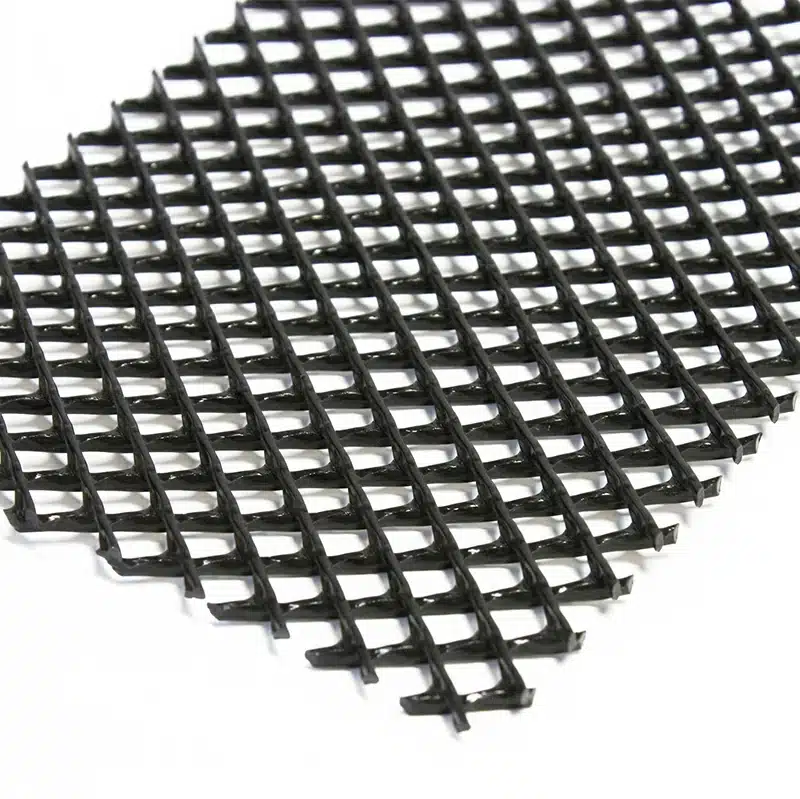Geosynthetic products have gained significant importance in various industries due to their versatile applications and remarkable benefits. In this article, we will delve into what geosynthetic products are, explore their major applications, and understand where and why they are used. Let’s dive into the world of geosynthetics and discover how they play a vital role in modern engineering and construction projects.

What are geosynthetic products?
Geosynthetic products are man-made materials used to enhance soil conditions in civil engineering and environmental projects. These materials, made from polymers like polypropylene, polyester, or polyethylene, come in various forms such as geotextiles, geogrids, geomembranes, and more. Geosynthetics are purposefully designed to possess traits like strength, durability, and resistance to environmental factors, aiming to improve project performance and sustainability.
What are the four major applications of geosynthetics?
- Soil Reinforcement: Geosynthetics are widely used to reinforce soil in construction projects. Geogrids, for example, enhance the stability of retaining walls, slopes, and embankments, reducing the risk of soil erosion.
- Erosion Control: Geotextiles and erosion control mats are employed to prevent soil erosion on riverbanks, shorelines, and construction sites. They stabilize soil and protect it from the erosive forces of wind and water.
- Landfill Liners: Geomembranes serve as impermeable barriers in landfill applications, preventing the leachate from contaminating groundwater. This is vital for environmental protection.
- Pavement Design: Geosynthetics play a crucial role in road and pavement construction. They enhance the durability and performance of roads by distributing loads and reducing cracking.
Where are geosynthetics used?
Geosynthetics are used in a variety of fields, including:
- Civil Engineering: for road construction, bridge abutments, and retaining walls.
- Environmental Protection: in landfill liners, waste containment, erosion control, drainage systems, filtration, separation, and water movement.
- Agriculture: for pond liners, agricultural drainage, soil stabilization, and water movement.
- Coastal and Water Management: in coastal protection, riverbank stabilization, canal lining, and water movement.

What do geosynthetics do?
Geosynthetics serve crucial roles, including:
- – Reinforcement: They boost soil and structure stability and load-bearing capacity.
- – Separation: Preventing the blending of different soil layers, preserving structural integrity.
- – Filtration: Allowing water to pass through while holding onto soil particles, preventing clogs.
- – Drainage: Enabling efficient excess water removal, reducing hydrostatic pressure. These functions are vital for any consulting and engineering firm.
In conclusion, geosynthetic products are indispensable in modern construction and environmental projects. They provide cost-effective solutions for enhancing the performance, durability, and sustainability of various applications. Understanding their diverse range of applications and functions is crucial for professionals in engineering, construction, and environmental industries.



Get Free Sample
We’ll respond as soon as possible(within 12 hours)
